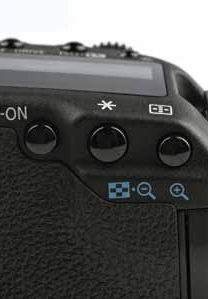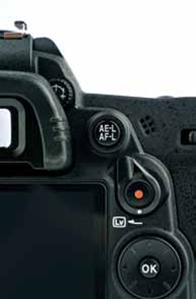Scott Kelby's Digital Photography Tips: Why You Need to Lock Your Exposure When Shooting DSLR Video


Canon Nikon
When we’re shooting stills in anything other than manual mode, we want the camera to examine each scene and pick the right exposure for what we’re aiming at, and if we aim to the left or right, we expect it to adjust, right? Of course. While that works great for still images, it creates a disaster with video, because you don’t want the brightness in the video changing every few seconds as you move the camera—it makes it look like the light in your scene is pulsating up and down, which is annoying as all get out. The way around this is to lock your exposure before you start recording, and that way your exposure will stay constant and you’ll be side-stepping one of the biggest problems DSLR video shooters complain about. To lock your exposure, first get your exposure the way you want it before you start recording by aiming your camera at the scene, and then holding your shutter button halfway down to set the exposure. Now, on Canon cameras, you’ll press-and-hold the AE Lock button (on the top right back of the camera, shown above on the left), and once it’s locked, you can start recording. On Nikon cameras, it works best if you switch your metering mode to Center Weighted (it’s the middle choice) before you press the shutter button halfway down to get your exposure set, so turn your Metering Selector on the top side of the camera to Center Weighted, then press the shutter button down halfway to set the exposure. Now, press the AE-L/AF-L button (shown above on the right), to lock that exposure and now you can begin recording without worrying about your brightness pulsating.